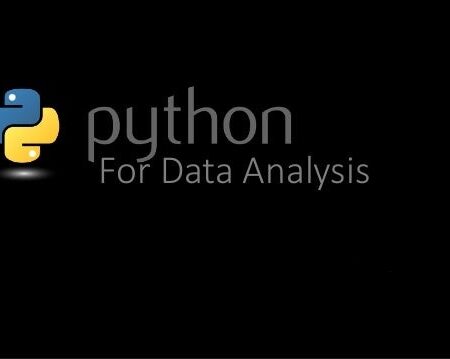In the age of information, data has become a crucial asset for businesses and individuals alike. Python, with its versatility and rich ecosystem, has emerged as a leading choice for data analysis. In this article, we’ll explore how Python can be a game-changer in harnessing the potential of data.
Table of Contents
Now, let’s dive into each section:
Introduction to Python
Python’s simplicity and readability make it an excellent choice for data analysis. Its open-source nature and a vast community of users ensure constant updates and support. Python also has a rich ecosystem of libraries that simplify data manipulation and analysis.
Setting Up Your Data Analysis Environment
Before we start analyzing data, we need to set up our environment. Installing Python is the first step, and then we’ll add essential libraries like NumPy, pandas, and Matplotlib to our toolkit.
Loading and Exploring Data
Data analysis begins with data. We’ll learn how to import data, clean it, and preprocess it for further analysis. This step is crucial for obtaining accurate insights.
Data Visualization
A picture is worth a thousand words. We’ll explore data visualization techniques to make complex data understandable. Matplotlib and other libraries will help us create stunning visuals.
Data Analysis and Manipulation
Python offers powerful tools for data manipulation. We’ll dive into techniques like aggregation, filtering, and sorting to extract meaningful information from our datasets.
Statistical Analysis with Python
Statistics play a vital role in data analysis. We’ll cover descriptive statistics and hypothesis testing to make data-driven decisions.
Machine Learning with Python
Python’s machine learning libraries, especially Scikit-Learn, empower us to build predictive models. We’ll explore the basics of machine learning and its applications in data analysis.
Real-World Applications
Data analysis with Python has real-world implications. We’ll discuss how it’s used in business analytics, healthcare, and more.
Challenges and Best Practices
Handling big data, ensuring data security, and ethical considerations are essential in data analysis. We’ll address these challenges and discuss best practices.
Conclusion
We’ll wrap up by discussing the future of Python in data analysis, highlighting its continued growth and importance.
FAQs
- What is Python’s role in Data Analysis? Python serves as a versatile tool for data analysis, providing libraries and tools to manipulate, visualize, and draw insights from data efficiently.
- Can I use Python for Big Data Analysis? Yes, Python is used for big data analysis. Libraries like PySpark and Dask extend Python’s capabilities to handle large datasets.
- Is Python suitable for beginners in data analysis? Absolutely! Python’s simplicity and readability make it an excellent choice for beginners.
- Are there any alternatives to Python for data analysis? Yes, alternatives like R, Julia, and SAS are available, but Python’s popularity and wide application make it a compelling choice.
- How do I improve my Python data analysis skills? Practice and explore real-world projects. Online courses and books can also enhance your skills.
Before we conclude, remember to access further resources on Python for Data Analysis here: Access Now
In this data-driven era, Python is your ally in unlocking the hidden insights within data. Whether you’re a software developer or an AI enthusiast, mastering Python for data analysis is a valuable skill. Happy analyzing!


Comments